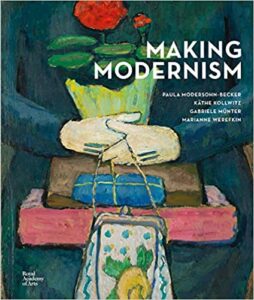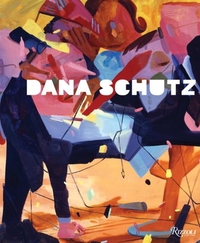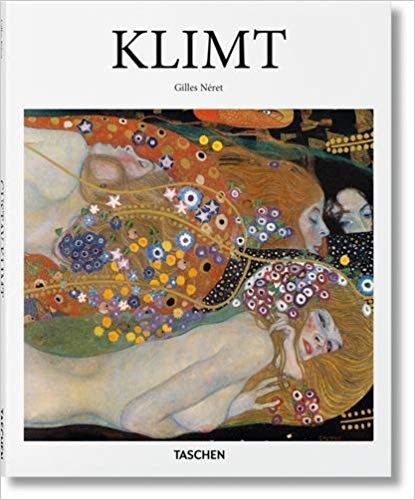-
 Out of stock
Out of stock
R660“Anyone who directly and genuinely renders what drives him to create is one of us,” proclaimed the manifesto of Die Brücke (The Bridge), a close-knit group of artists who first met in Dresden in 1905. Its founding members were four Jugendstil architecture students: Fritz Bleyl, Erich Heckel, Karl Schmidt-Rottluff and Ernst Ludwig Kirchner. Eschewing the contemporary academic styles and subjects, these four artists instead looked to their German art heritage to make…
-

R625Käthe Kollwitz (1867–1945), Paula Modersohn-Becker (1876–1907), Gabriele Münter (1877–1962) and Marianne Werefkin (1860–1938) are among the exceptional artists associated with the emergence of Expressionism in Germany in the early decades of the 20th century. Each challenged prevailing ideals of feminine identity at a time of great societal change. As women, they were expected to marry and raise a family; some chose to, some did not. As ambitious artists, they wanted to work.
As they rose to these challenges, their art further undermined conventions. Their portraits of children symbolize joy, hope and innocence but also melancholy, tension, curiosity, the passing of time and unfulfilled desire. Their radical depictions of the nude wrest the female body away from the male gaze toward a newfound role, expressive of powerful maternity and female subjectivity.
-

R450Viewed by both critics and her peers as the ultimate painter’s painter, her canvases are filled with a lush, boldly painted cast of characters that share the bravado and oddness of Paul Gauguin, Philip Guston, and the German Expressionists.
-

R270The unfading popularity of Gustav Klimt (1862–1918) attests not only to the particular appeal of his luxuriant painting but also to the universal themes with which he worked: love, feminine beauty, aging, and death.
-

R80The term `Expressionist’ was initially applied to French modern painting displayed in a Berlin Secession exhibition of 1911. By the time of the First World War; the broader concept of `Expressionism’ permeated German metropolitan culture at many levels. Though lacking stylistic cohesion, the movement was united by a rejection of Impressionism and a search for an inner, essential reality behind the external world of appearances.





